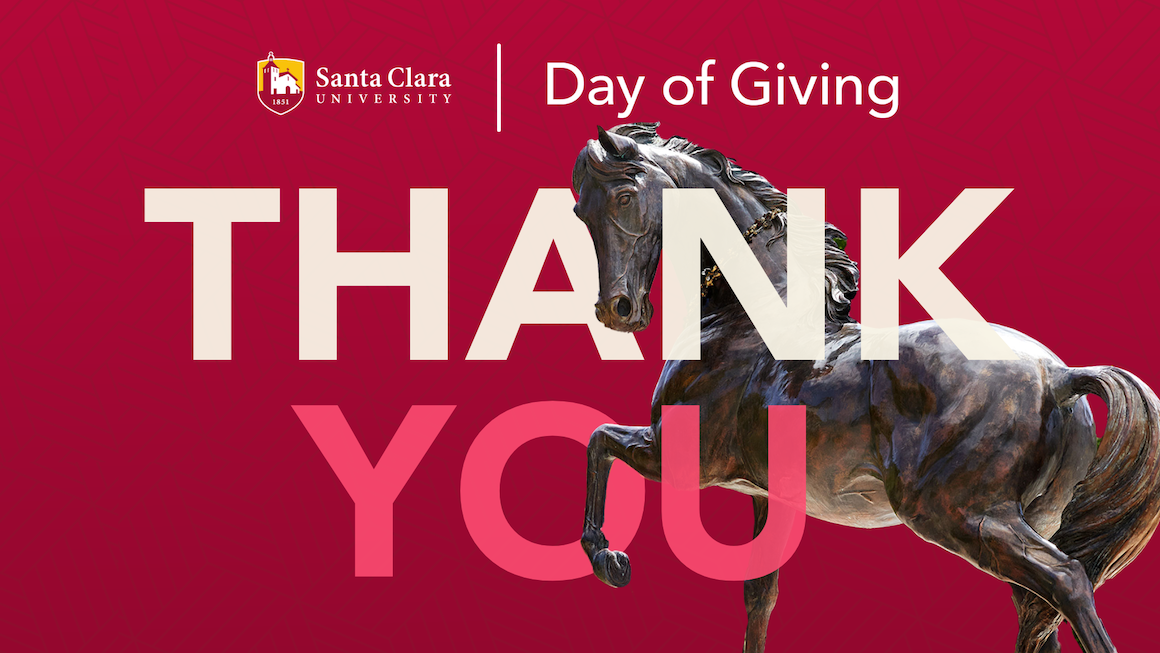Legacy of Egypt: Uncovering the Ancient Civilization's Enduring Impact on Modern Society

As I stand before the Great Pyramid of Giza, the sheer scale of ancient Egyptian engineering never fails to humble me. Having studied this civilization for over fifteen years, I've come to realize that their legacy isn't confined to museums or history books—it permeates our modern world in ways most people never notice. Just last week, while watching the Major League Baseball playoffs with its carefully structured postseason format, I couldn't help but draw parallels to the organizational systems the Egyptians perfected millennia ago. The way MLB divides its playoffs between division winners and wild-card teams mirrors how ancient Egypt organized its administrative districts, balancing central authority with regional representation.
The Egyptians were masters of systematic organization, much like modern sports leagues that have refined their playoff structures over time. Consider how MLB's postseason has evolved: originally just the World Series, then adding pennant races, and now featuring multiple wild-card teams alongside division winners. This gradual expansion reflects how Egyptian bureaucracy developed—starting with simple tribal structures and growing into the complex system of nomes that governed everything from agriculture to taxation. I've always found it fascinating that while we debate whether the wild-card format waters down the importance of division titles, the ancient Egyptians faced similar administrative challenges when balancing power between Pharaoh's central government and regional governors.
What truly astonishes me about Egyptian civilization is how they engineered solutions that still influence modern infrastructure. Their irrigation systems along the Nile employed geometric principles so advanced that modern civil engineers still study them. I remember visiting the remains of ancient canals near Luxor and realizing these were the precursors to our modern water management systems. The Egyptians understood water flow and distribution with a sophistication that puts some contemporary projects to shame. Their mathematical precision in land surveying—using simple ropes and stakes—achieved accuracy within centimeters, something I've seen modern surveyors struggle to replicate even with GPS technology.
The architectural principles developed along the Nile Delta continue to shape how we build today. The Egyptians' understanding of load distribution in pyramid construction directly influenced the development of modern structural engineering. As someone who's worked on contemporary construction projects, I can attest that the basic principles of foundation laying haven't changed much since workers placed the first stones at Saqqara. The step pyramid of Djoser, built around 2670 BCE, demonstrates construction techniques that modern engineers still employ in skyscraper foundations. I've personally seen construction blueprints that essentially use the same triangular distribution concepts the Egyptians pioneered.
Even our modern calendar systems owe their structure to Egyptian innovations. Their solar calendar of 365 days, divided into twelve months of thirty days plus five extra days, formed the basis for the Julian calendar and eventually our modern Gregorian system. What many people don't realize is that the Egyptians also divided the day into twenty-four hours—a concept so fundamental to modern life that we rarely question its origins. As someone who constantly struggles with time management between research projects and publication deadlines, I often reflect on how the Egyptians' temporal organization systems still dictate the rhythm of our lives thousands of years later.
The medical knowledge preserved in the Ebers Papyrus continues to surprise modern researchers. While some remedies seem primitive, others demonstrate understanding of human anatomy that wouldn't be rediscovered until the Renaissance. I've consulted with medical historians who confirm that Egyptian descriptions of the circulatory system, though couched in different terminology, accurately describe blood flow patterns that modern medicine only confirmed with advanced imaging technology. Their use of honey as an antibacterial agent, once dismissed as folk medicine, has been validated by contemporary research showing its effectiveness against certain drug-resistant bacteria.
In our digital age, the Egyptian writing system continues to influence how we communicate. The concept of using symbols to represent sounds rather than just objects—the breakthrough that made hieroglyphs so versatile—essentially created the foundation for modern alphabets. As I type these words on my computer, I'm using a system that traces its lineage directly back to Egyptian scribes who first separated phonetic values from pictorial representations. The Rosetta Stone's triple-language inscription wasn't just a key to deciphering hieroglyphs—it demonstrated the universal human need for multilingual communication that today finds expression in everything from international business to Google Translate.
The enduring fascination with Egyptian civilization speaks to something fundamental in human nature. We're drawn to their achievements because they represent humanity's first major steps toward creating organized society. The same impulse that drove Egyptians to coordinate massive construction projects now drives our global collaborations in space exploration and scientific research. Their legacy isn't just in the monuments they left behind, but in the very framework of how we organize knowledge, govern societies, and push the boundaries of human capability. As I complete this article and prepare to watch the seventh game of the World Series, I'm struck by how both ancient Egyptian rituals and modern sports championships fulfill the same human need for shared experience and cultural continuity.


